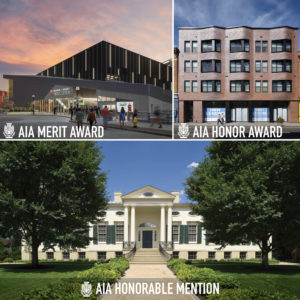Invisible but Enduring
Taft Museum of Art, Museum Restoration
←
To Arts
Cincinnati, OH | 15,900 SF
 Operating as a museum since 1932, the Taft Historic House and its eight landscape murals—by the celebrated 19th Century Black artist, Robert S. Duncanson—were designated a National Historic Landmark in 1976.
Operating as a museum since 1932, the Taft Historic House and its eight landscape murals—by the celebrated 19th Century Black artist, Robert S. Duncanson—were designated a National Historic Landmark in 1976.
Built in 1820, the Taft Historic House—home to the Taft Museum of Art—is the oldest structure in downtown Cincinnati. Designed for an early mayor of the city, it became the home of many of the city’s leading families, before arts patrons, Charles Phelps Taft and Anna Stinton Taft bequeathed it and the art collection it contained to the city.
 The Duncanson murals, which adorn the foyer of the Taft Historic House, are independently designated as their own National Historic Landmark.
The Duncanson murals, which adorn the foyer of the Taft Historic House, are independently designated as their own National Historic Landmark.
 An updated building envelope enables the Taft Museum of Art to better preserve its priceless collection of art.
An updated building envelope enables the Taft Museum of Art to better preserve its priceless collection of art.
It was meant to house people, not priceless works of art, so the team wasn’t surprised that the building envelope wasn’t performing up to the standards of a modern museum. But our investigation made it clear that to protect the Taft Museum for another century, it needed more than a fresh coat of paint—it needed a serious facelift.
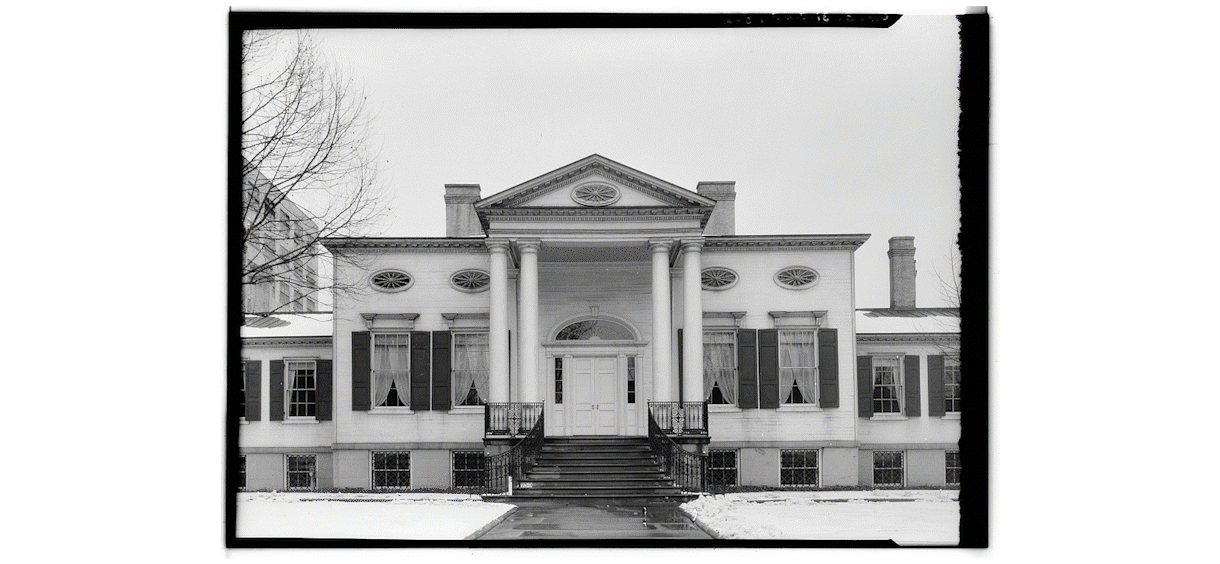
(This) is an amazing example of excellence in restoration and is an example of amazing stewardship of a National Historic Landmark
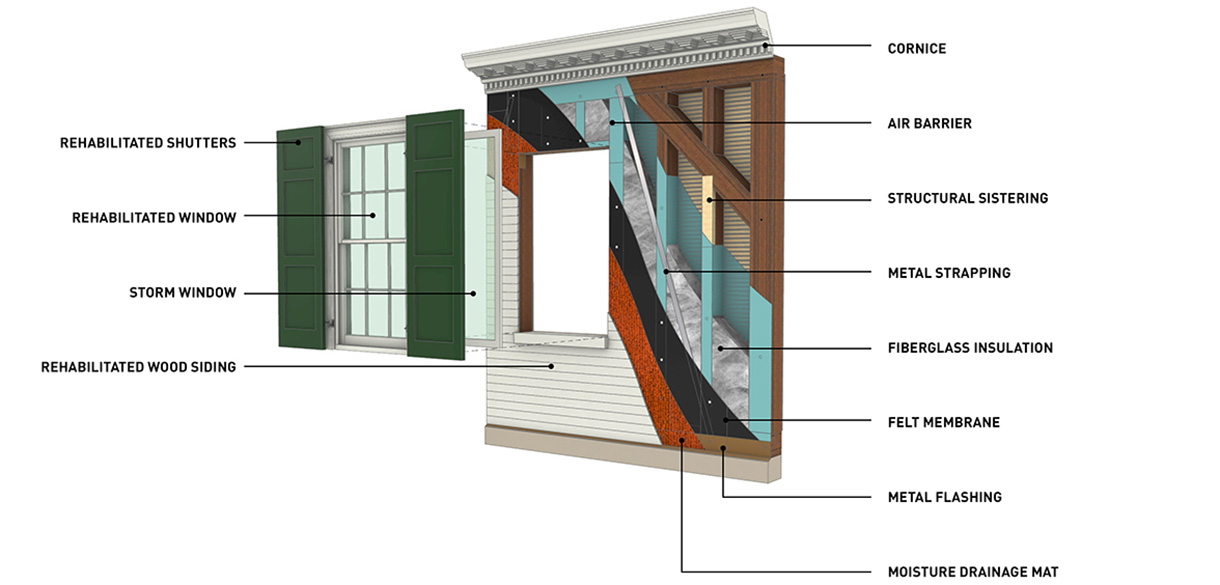 After carefully dismantling and repairing the façade, a rainscreen was added before the siding was put back in place.
After carefully dismantling and repairing the façade, a rainscreen was added before the siding was put back in place.
The team developed a plan for removing the exterior siding and windows, piece by piece, so they could be evaluated and repaired or replaced. During this process, the wood structure beneath was stabilized and insulated, before the siding was put back in place with an updated rainscreen underneath. This whole process was carefully coordinated with upgrades to the HVAC, fire safety, and security systems.
This approach—completely removing the siding while stabilizing the structure—runs counter to the National Parks Service’s guidance for historic preservation, so the project team worked closely with the relevant authorities to ensure that this was the best way to preserve the integrity of the Taft.
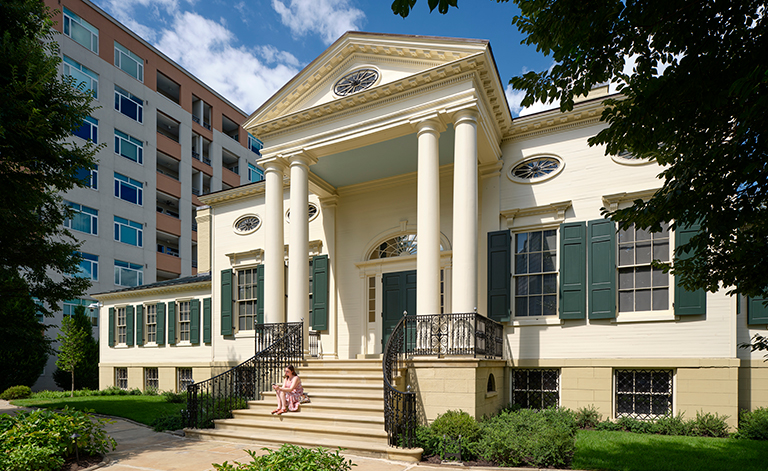 The Taft Historic House is visibly refreshed on the outside.
The Taft Historic House is visibly refreshed on the outside.
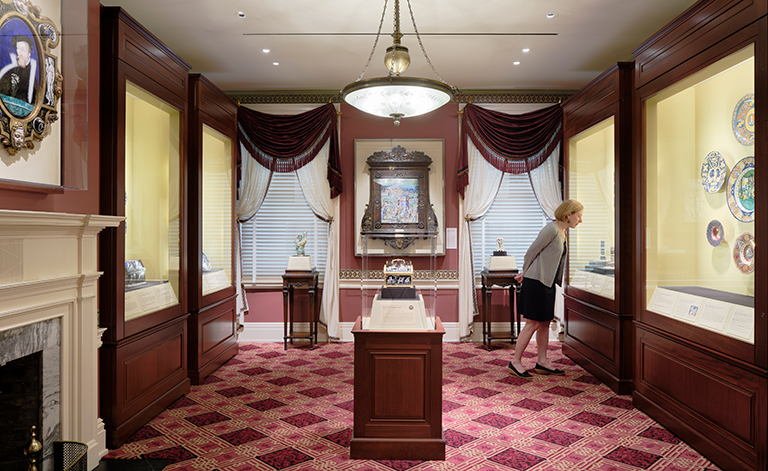 The renovation leaves the building's interior appearance undisturbed.
The renovation leaves the building's interior appearance undisturbed.
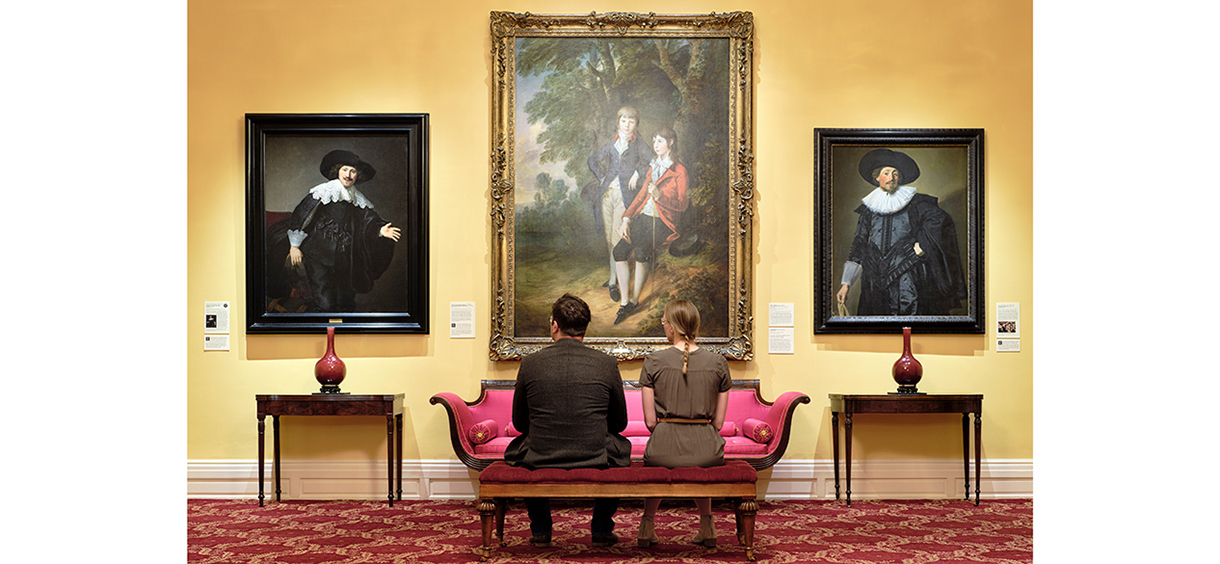 Gallery view
Gallery view
While much of what was done remains invisible to the public, this work was essential to preserving the house for the next hundred years.
-
Awards
-
News





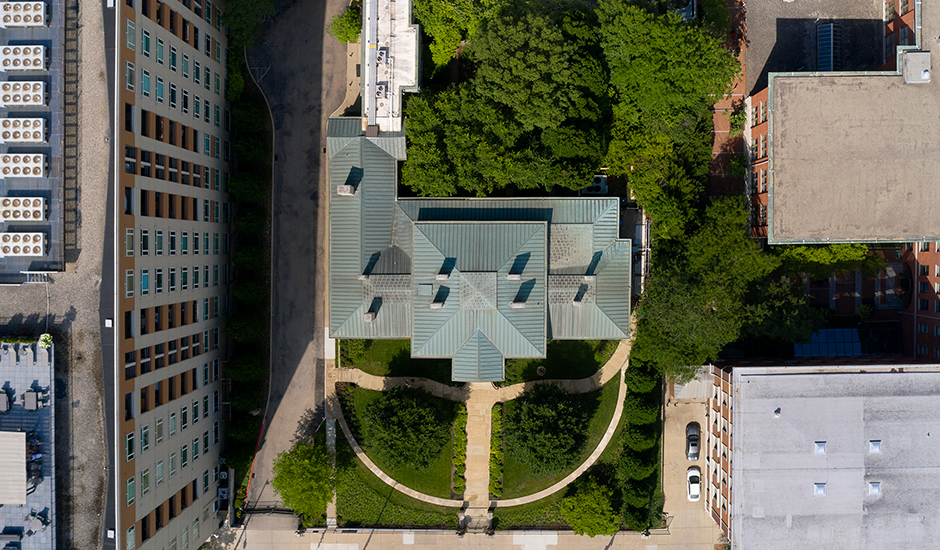 An accessible walkway now opens one of Cincinnati's most historically prominent front yards to people with limited mobility.
An accessible walkway now opens one of Cincinnati's most historically prominent front yards to people with limited mobility.
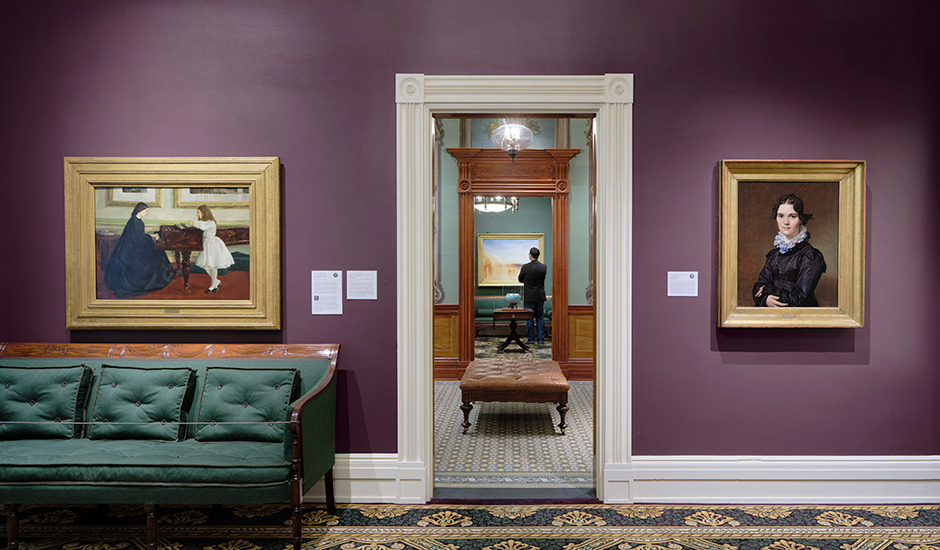 View between galleries
View between galleries
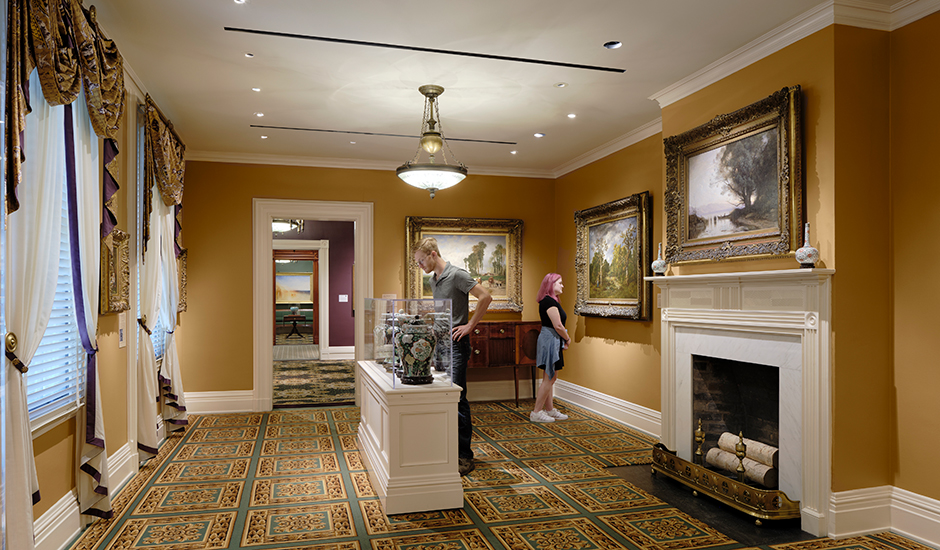 Gallery view
Gallery view
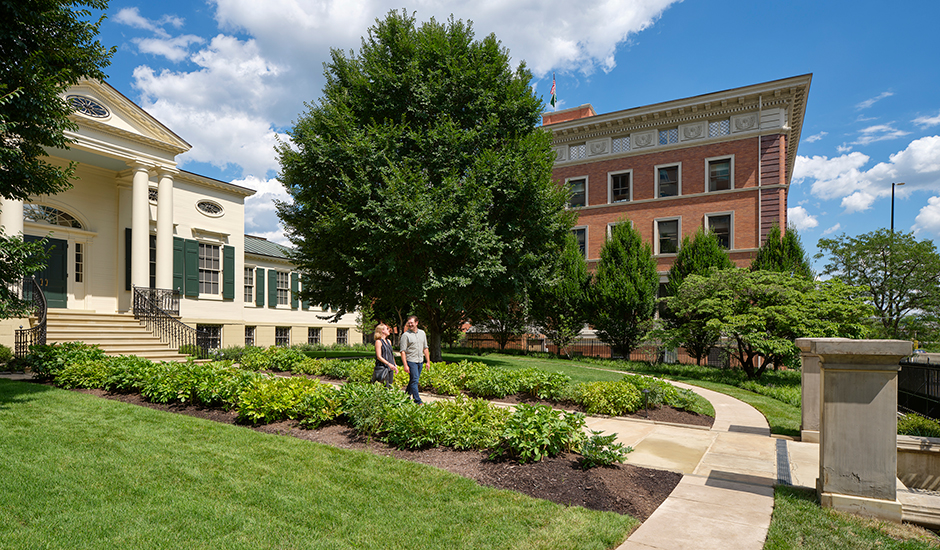 After a brief closure, the museum's grounds once again welcome visitors.
After a brief closure, the museum's grounds once again welcome visitors.
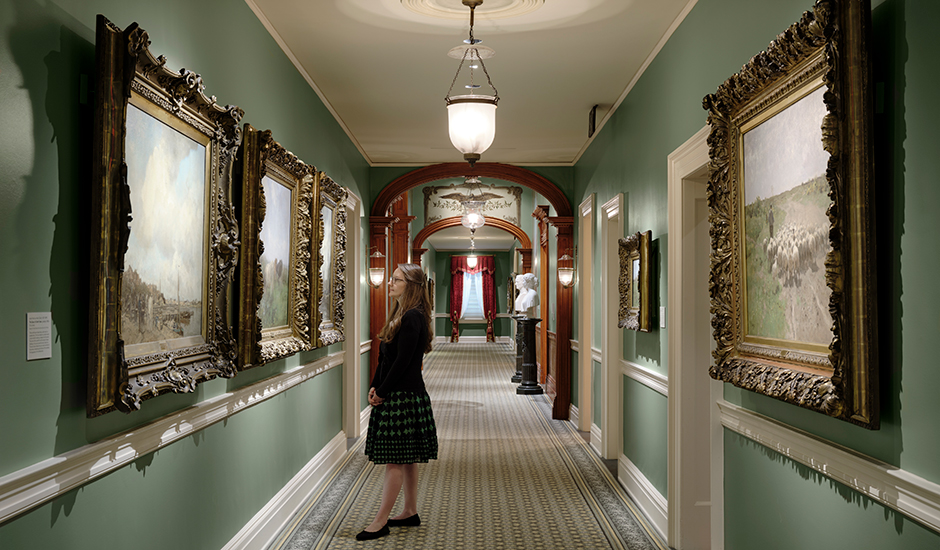 Gallery view
Gallery view

